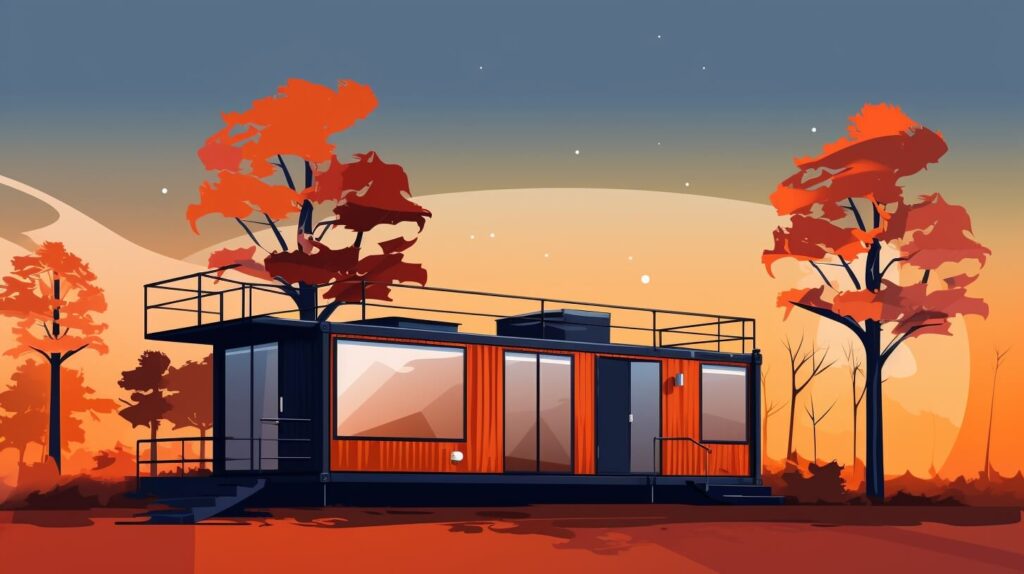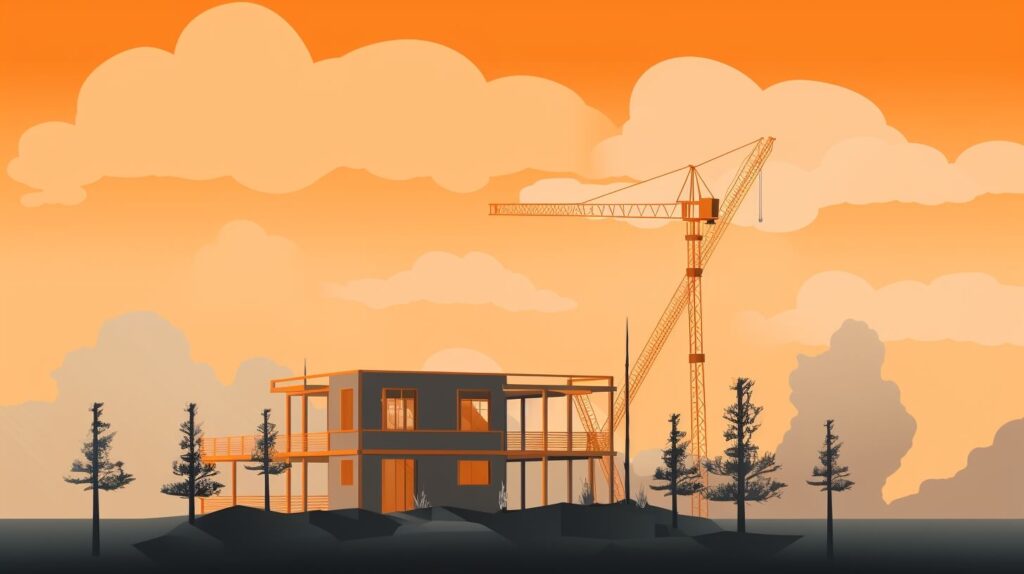
We are reader-supported. When you buy through links on our site, we may earn an affiliate commission.
Diversity in construction is increasing, but there’s still room for improvement. How can people encourage progress and support the good things already happening?
Make Job Descriptions Inclusive
A good starting point is to ensure job descriptions do not unintentionally make people feel left out. Some job names — such as foreman — feature gendered language, so human resources professionals and others involved with hiring may need to change the job titles to reflect a commitment to greater diversity.
Using words or phrases historically tied to specific genders is called gender coding. People should strongly consider using tools to flag gender-coded words and suggest alternatives. Otherwise, people who don’t see themselves reflected in the job postings may decide not to apply for them, even when they’re well-qualified for the positions.
Another technique is to have multiple people from various backgrounds read the descriptions before publication. If those individuals identify anything non-inclusive, it may be necessary to make tweaks and get feedback on the changes before finalizing the job ads.
Be aware of inclusiveness barriers that are harder to spot, too. For example, requesting that applicants be “digital natives” implies they need to have grown up in eras when the internet was readily available. A better approach is to explicitly describe the tech-related skills successful applicants should have.
Asking when people graduated college or high school could also unintentionally reveal someone’s age, making them worry hiring managers might perceive them as too old for physically demanding construction work. A better approach is to have someone list general but verifiable information, such as the name of the school they attended and what they studied.
It’s not easy to identify job description details that might go against efforts to increase diversity in construction. However, becoming more aware of problematic language and carefully screening for it will help people make positive and lasting changes.
Emphasize the Importance of Diversity in Construction
Since so many workforce training providers offer diversity-centered programs, some cynically minded people may wonder if the push for a more diverse employee pool is a mere box-checking exercise. However, it’s easier to get everyone on board by explaining how and why diversity is important in modern society.
Start by communicating clearly to the organization and explaining how people at every level will benefit. Research indicates diverse teams are more innovative and better problem-solvers than their counterparts. Anyone who has spent time on construction sites knows unexpected issues can crop up, requiring people to think creatively about how to overcome them.
However, people from diverse backgrounds have varied life experiences and perspectives to apply when dealing with challenges. The ideas they bring to tricky situations could keep construction projects on track for timely completions that occur at or under budget.
When employees see that a construction company has a diverse workforce, they’ll feel more comfortable suggesting people they know apply for jobs there. This effect could reduce employers’ recruitment burdens. Succeeding with diversity in construction also tends to create safer workplaces where all parties feel heard and respected. Then, people are more likely to stay at construction companies longer instead of looking for better opportunities.
Recognize and Reduce Biases
Prioritizing diversity in construction means catching and minimizing biases. Although there are fewer women in the industry than men, females can do the jobs just as well, provided they receive the proper training.
Just because we don’t always see good examples of diversity in construction doesn’t mean improvements aren’t meaningful or necessary. People can start by thinking of a construction site crew member. What does that person look like and what life experiences have they had? Many assumptions we start forming about the appearances and backgrounds of people in the construction industry begin in childhood and get reinforced by those around us.
It can take years of constant effort to detect and eliminate the biases that are counterproductive to the construction industry’s diversity. However, progress starts with an open mind.
Consider the example of a construction worker who became a wheelchair user after getting paralyzed in a house-building accident. Even though sites may pose many accessibility challenges that may make it hard to return to the workforce, this man still has a wealth of construction expertise. He used it to design and build a bedroom that doubled as a playroom, delighting his daughters.
Launching training programs that prioritize diversity in construction is an excellent way to urge people to start recognizing and addressing their biases. When education happens in group settings, people can work together to help each other notice and reduce biases. Their shared perspectives also help learners realize others are in similar situations.
Set and Track Metrics for Diversity in Construction
Decision-makers may have broadly positive thoughts, such as that they’d like to make their construction companies more diverse. That’s a good start, but they’ll get better results by setting challenging but achievable goals.
Consider choosing metrics to track over a clearly defined period. They’ll show where room for improvement exists and give people strong ideas about how to achieve the desired results.
Construction equipment brand Caterpillar published a diversity and inclusion report with themed statistics. The data indicated that 54% of the company’s under-35 U.S. employees are women or racially or ethnically diverse. It also broke down the workforce by race and gender. Such overviews can help companies establish benchmarks that show how they’re doing well and which areas to invest in for targeted improvements.
It’s also important to get worker feedback. Ask them what changes they’d like to see that would make the company more diverse and inclusive. Their answers could reveal concerns leaders hadn’t previously considered.
Sharing the diversity metrics and goals at all levels of the organization is an excellent way to motivate everyone and help them understand how success will make the company stronger. It also creates opportunities for people to ask questions or clarify misunderstandings.
Treat Diversity in Construction as a Work in Progress
Even someone with the best intentions and resources must remember that increasing diversity in construction will take years of conscious effort. Plus, people commonly encounter setbacks that could temporarily discourage them. However, when individuals stay aware of the overall progress they can make, they’re more likely to remain committed and realistic about what’s achievable.







